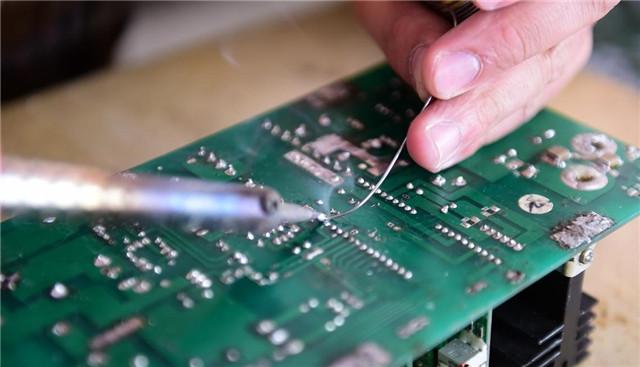The conditions for PCB circuit board welding
1. The weldment has good weldability
The so-called solderability refers to the performance of an alloy that can form a good combination of the metal material to be welded and the solder at an appropriate temperature. Not all metals have good weldability. In order to improve solderability, measures such as surface tin plating and silver plating can be used to prevent material surface oxidation.

2. Keep the surface of the weldment clean
In order to achieve a good combination of solder and weldment, the welding surface must be kept clean. Even for weldments with good weldability, due to storage or contamination, oxide films and oil stains that are harmful to wetting may occur on the surface of weldments. Be sure to remove the dirty film before welding, otherwise the welding quality cannot be guaranteed.
3. Use the appropriate flux
The function of the flux is to remove the oxide film on the surface of the weldment. Different welding processes should choose different fluxes. When welding precision electronic products such as printed circuit boards, in order to make the welding reliable and stable, rosin-based flux is usually used.
4. The weldment should be heated to an appropriate temperature
If the soldering temperature is too low, it is unfavorable to the penetration of solder atoms, and it is impossible to form an alloy, and it is easy to form a virtual joint; if the soldering temperature is too high, the solder will be in a non-eutectic state, which will accelerate the decomposition and volatilization of the flux, and reduce the quality of the solder. It will cause the pads on the printed circuit board to come off.
5. Appropriate welding time
Welding time refers to the time required for physical and chemical changes during the whole welding process. When the welding temperature is determined, the appropriate welding time should be determined according to the shape, nature, and characteristics of the workpiece to be welded. If the welding time is too long, the components or welding parts will be easily damaged; if it is too short, the welding requirements will not be met. Generally, the longest welding time for each spot is no more than 5s.